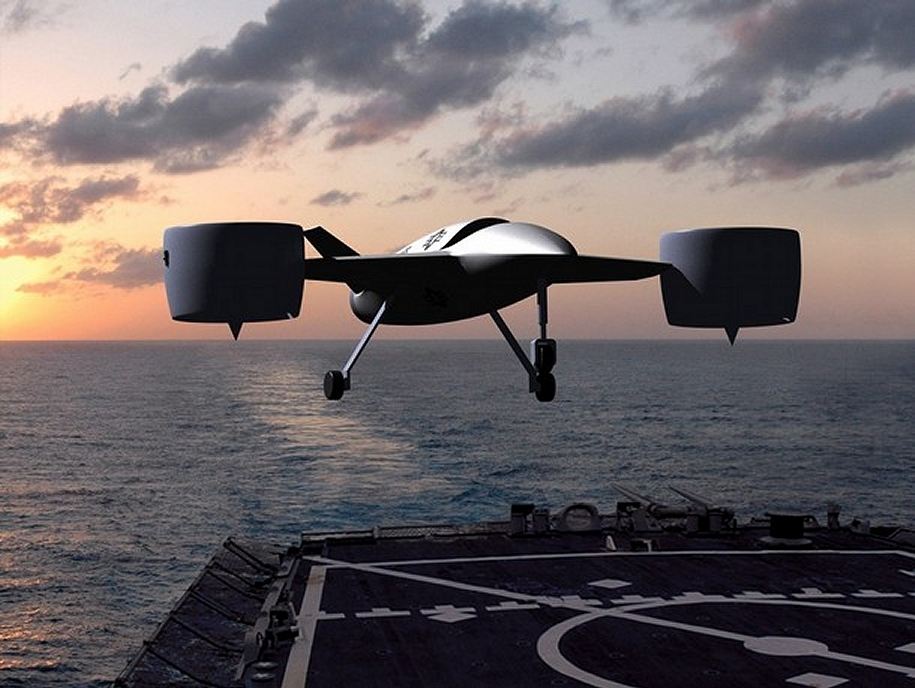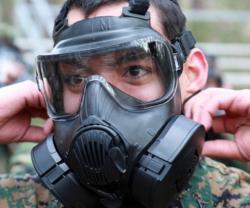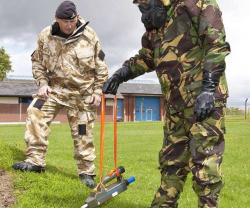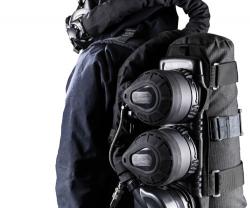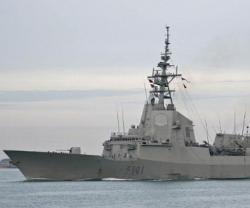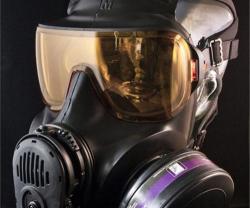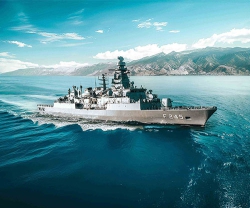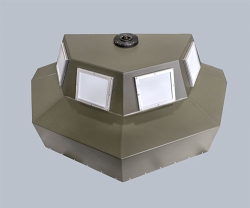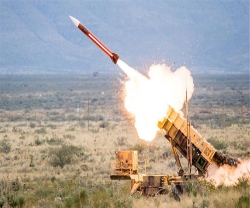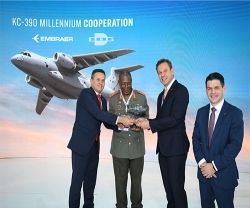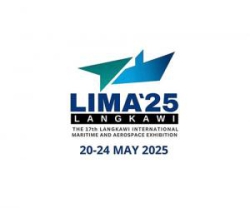Indra: Unmanned Helicopter for Naval Missions
31.03.2010 Products
With the support of the Spanish Ministry of Industry, Commerce and Tourism, along with the Ministry of Defence, Indra started a R&D project to develop an Unmanned Aircraft System (UAS) of rotary wings and with dual character, either for civil or defence fields. The system will be launched in 2012 and will be one of the first worldwide to meet mission needs of any naval force.
The system can run for 24 hours a day for a month. It was initially conceived for surveillance, maritime traffic control, border control and support of rescue missions. However, once regulations allow manned and unmanned aircraft to coexist in air space, the Pelicano system will give support in emergency situations or will watch infrastructures, among other applications.
Regarding its potential uses for naval ships, its accurate and automatic vertical takeoff and landing capacity (AVTOL) and its medium size (3.3 meter rotor diameter and around 200 kg maximum take-off weight) make it the perfect solution for ships. It can also adapt to meet the needs of the Army and Security Corps.
The system consists of 3 or 4 helicopters and a fully interoperable control station which will receive the information collected in the air in real time. The solution is based on a tactical helicopter with a 100 km operational range and capable of flying at 3,600 meters high. For its development, Indra signed an agreement with the Swedish company Cybaero and will use the APID60 platform which is currently in use.
Based on the platform, Indra will build a complex mission system. The system will incorporate night-vision infrared electro-optical sensors, capable of capturing high-resolution images at great heights. The company will also supply a thorough terrain segment which will control the helicopter and will receive images in real time and a secure communication link with a suitable bandwidth.
Pelicano can be integrated with the vessels command system, becoming an extension of the embarked radars and sensors.
The mission system includes an IFF transponder, an identification component, and is also prepared to carry a light-weight radar, electronic intelligence systems and chemical, biological, radiological and nuclear (CBRN) threat detection sensors.
The system can run for 24 hours a day for a month. It was initially conceived for surveillance, maritime traffic control, border control and support of rescue missions. However, once regulations allow manned and unmanned aircraft to coexist in air space, the Pelicano system will give support in emergency situations or will watch infrastructures, among other applications.
Regarding its potential uses for naval ships, its accurate and automatic vertical takeoff and landing capacity (AVTOL) and its medium size (3.3 meter rotor diameter and around 200 kg maximum take-off weight) make it the perfect solution for ships. It can also adapt to meet the needs of the Army and Security Corps.
The system consists of 3 or 4 helicopters and a fully interoperable control station which will receive the information collected in the air in real time. The solution is based on a tactical helicopter with a 100 km operational range and capable of flying at 3,600 meters high. For its development, Indra signed an agreement with the Swedish company Cybaero and will use the APID60 platform which is currently in use.
Based on the platform, Indra will build a complex mission system. The system will incorporate night-vision infrared electro-optical sensors, capable of capturing high-resolution images at great heights. The company will also supply a thorough terrain segment which will control the helicopter and will receive images in real time and a secure communication link with a suitable bandwidth.
Pelicano can be integrated with the vessels command system, becoming an extension of the embarked radars and sensors.
The mission system includes an IFF transponder, an identification component, and is also prepared to carry a light-weight radar, electronic intelligence systems and chemical, biological, radiological and nuclear (CBRN) threat detection sensors.
Previous PostMPCV to Enter Production
Latest news
Latest events
Defence Exhibition Athens - DEFEA
06 - 08 May 2025Metropolitan Expo Athens - GreeceLangkawi International Maritime & Aerospace Exhibition (LIMA)
20 - 24 May 2025Langkawi - MalaysiaParis Air Show
16 - 22 Jun 2025Paris Le Bourget - FranceDefenPol China2025 - 7th Guangzhou International Defense & Police Exhibition & Summit
11 - 12 Jul 2025Nan Fung International Convention & Exhibition Center (NICEC) - China

